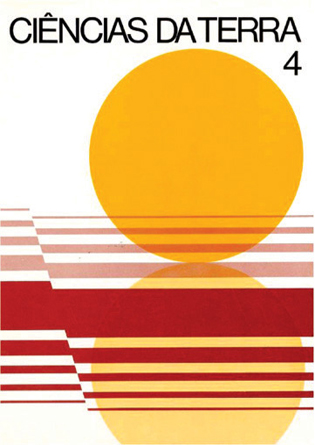Notas sobre depósitos de Taveiro. Estratigrafia, Paleontologia, idade, Paleoecologia
Abstract
Key-words: Taveiro - Upper Cretaceous - Stratigraphy - Age Discussion - Vertebrata - Mammals - Plants This paper reports some research work that has been done to support Geological Survey's field work for the I:50.000 Carta Geologica de Portugal, (sheets 19-C Figueira da Foz and 19-D Coimbra-Lousã). Its main purpose was to establish the age of some continental formations. At Ceramica do Mondego, Ld. a near Taveiro; two series were observed. The lower one is mainly pelitic, montmorillonite being predominant. It also includes some sandy beds and channel deposits with high energy sediments (conglomerate with limestone pebbles). The upper series lies unconformably upon the former, and there is a neat discontinuity surface between the two. It mainly consists of sands, kaolinite being the most abundant of the clay minerals. This seems to indicate an intensive weathering, an acid, well drained environment and transportation by quite high energy running waters. No fossils were recorded. Preliminary paleontological results are presented, along with some data concerning other localities (Aveiro, etc.). Fossils found in the lower series are: gastropoda (Bulimus gaudryi, TV. 15 bed), several vertebrates (TV. 18), fishes (TV. 19?) and plants (TV. 19-TV. 24). Vertebrata belong to the same fauna as that from Vizo, Aveiro, etc. The presence of mammals is most important as only a single tooth was previously Know in Europe (Southern France) in Late Cretaceous formations. Elsewhere there are some mammalian remains in Peru besides the rich assemblages found in the USA and Mongolia. Plants are representative of the «Debeya flora» well known at several localities in Beira Litoral province, in «Buçaco sandstones», and in Lisbon's «Basaltic Complex». The most important stratigraphical conclusion is that the lower series is Upper Campanian and/or Maastrichtian in age, and not Tertiary as sometimes it has been considered. As at Aveiro, «Debeya flora» occurs in beds somewhat higher than those with the Aveiro-Vizo-Taveiro vertebrate fauna. Correlation with other «Debeya flora» localities are now more clear. Data concerning Taveiro lower series, in the whole, point out to a rather warm (and moist?) environment in an occasionally (seasonally?) flooded region.Downloads
Issue
Section
Articles






